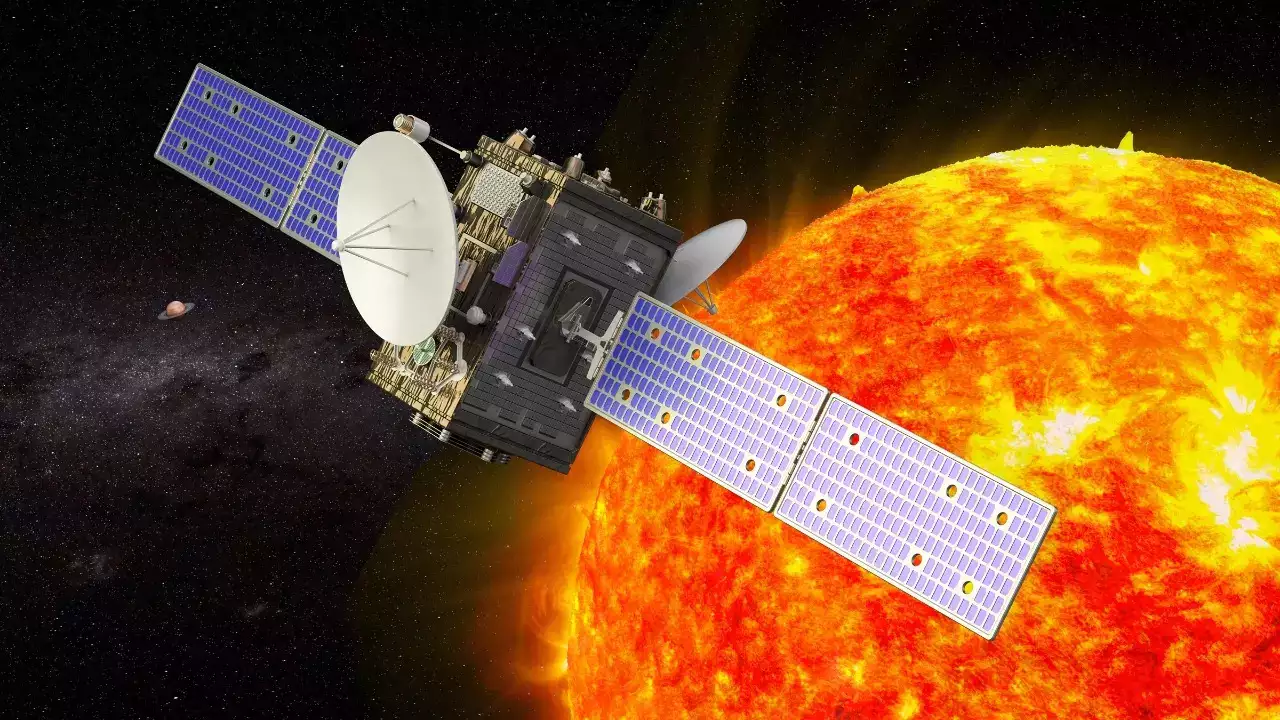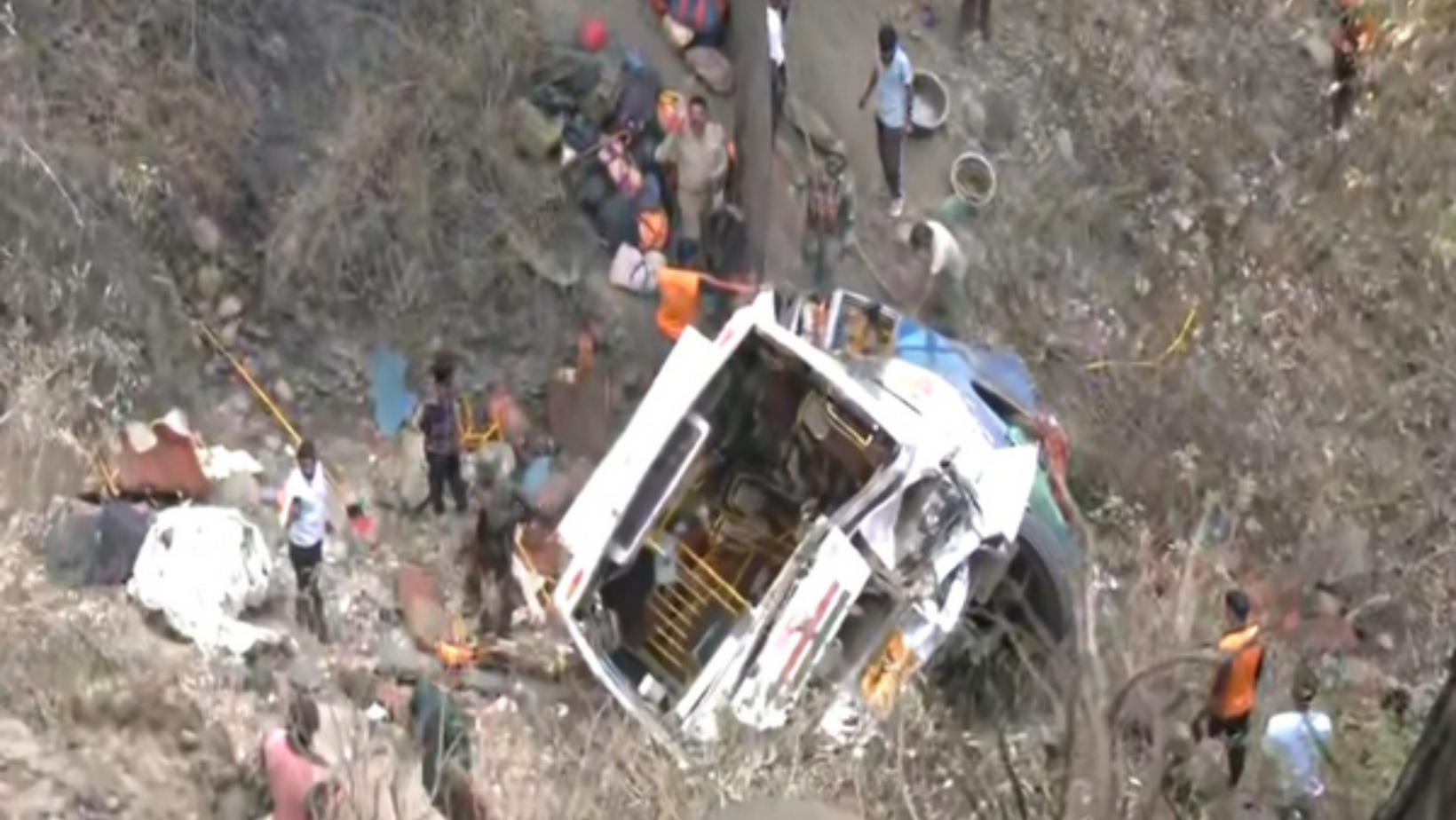India’s maiden solar mission, Aditya-L1, has achieved a significant milestone as advanced sensors on its payload successfully detected the impact of coronal mass ejections (CMEs), according to ISRO. The Plasma Analyser Package for Aditya (PAPA) played a pivotal role in capturing in-situ measurements of solar wind electrons and ions, revealing key insights into solar phenomena.
Developed by the Space Physics Laboratory and Avionics Entity of the Vikram Sarabhai Space Centre, PAPA comprises two sensors: the Solar Wind Electron Energy Probe (SWEEP) and the Solar Wind Ion Composition Analyser (SWICAR). These sensors, designed for measuring electrons and ions in the low energy range, demonstrated their effectiveness in monitoring space weather conditions.
The data collected by PAPA unveiled the occurrence of CME events, notably on December 15, 2023, and during February 10-11, 2024. The observations indicated an abrupt increase in total electron and ion counts during the December event, aligning with measurements from other satellites. The February events showed variations due to multiple minor events, emphasizing PAPA’s capability to analyze solar phenomena.
ISRO highlighted that the continuous observations of solar wind electrons and ions by the SWEEP and SWICAR sensors demonstrate their reliable performance as per the design. Aditya-L1, launched by ISRO on September 2, carries seven payloads aimed at studying the Sun, contributing valuable insights to space weather monitoring and enhancing our understanding of solar activities.






